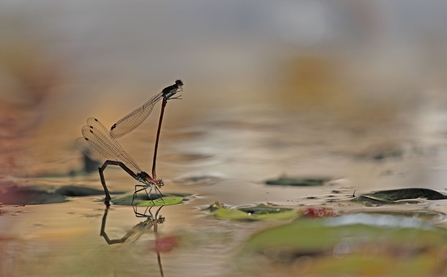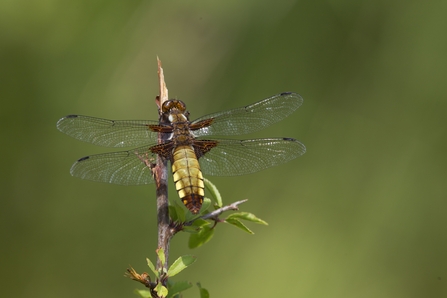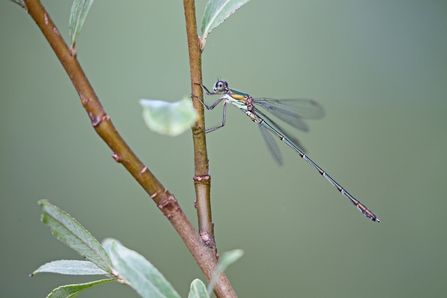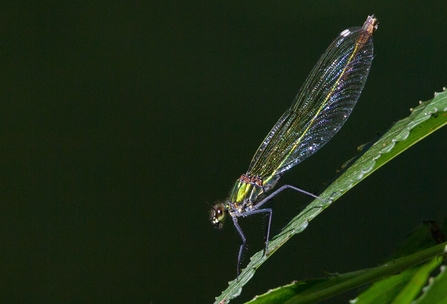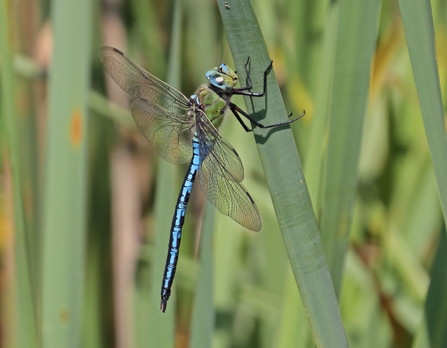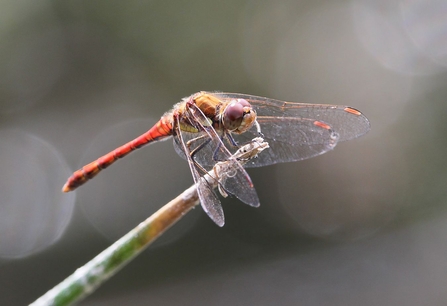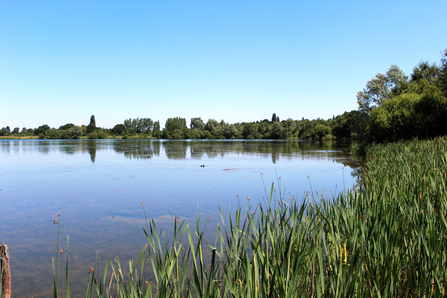Dragonflies and damselflies are fascinating creatures, with a rich and ancient history. Did you know that dragonflies made their mark on earth long before humans? In fact, they’ve been around for 300 million years and fossil dragonflies have been found with wingspans of up to two feet!
Prolific in art, storytelling and poetry, English folklore tells us that dragonflies have been subject to some pretty dark-sounding names - Darning Needle, Horse Stinger, Eye Poker and Adder’s Servant. In truth, dragonflies do not sting and prefer to keep their distance from us and other animals – insects excluded.
Dragonflies prey on the likes of flies, midges and mosquitos and are one of the animal kingdom’s most successful predators, catching around 95% of their targets – all in flight. The mobility of dragonflies is captivating to watch too – they can fly straight up and down, hover like a helicopter and mate in mid-air.
The summer months are the prime time to get out dragonfly and damselfly spotting so let us introduce you to six species that you can find locally.


